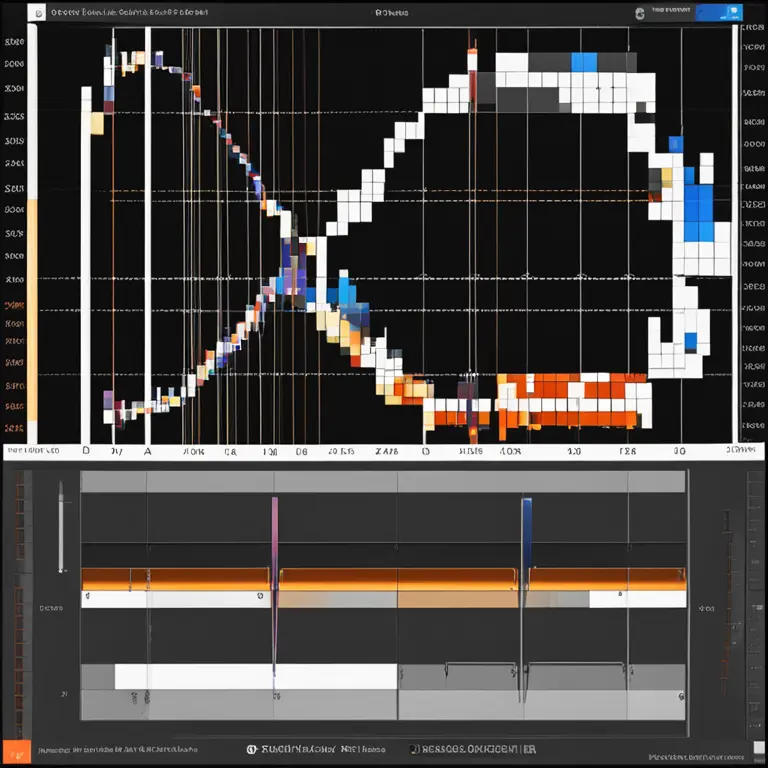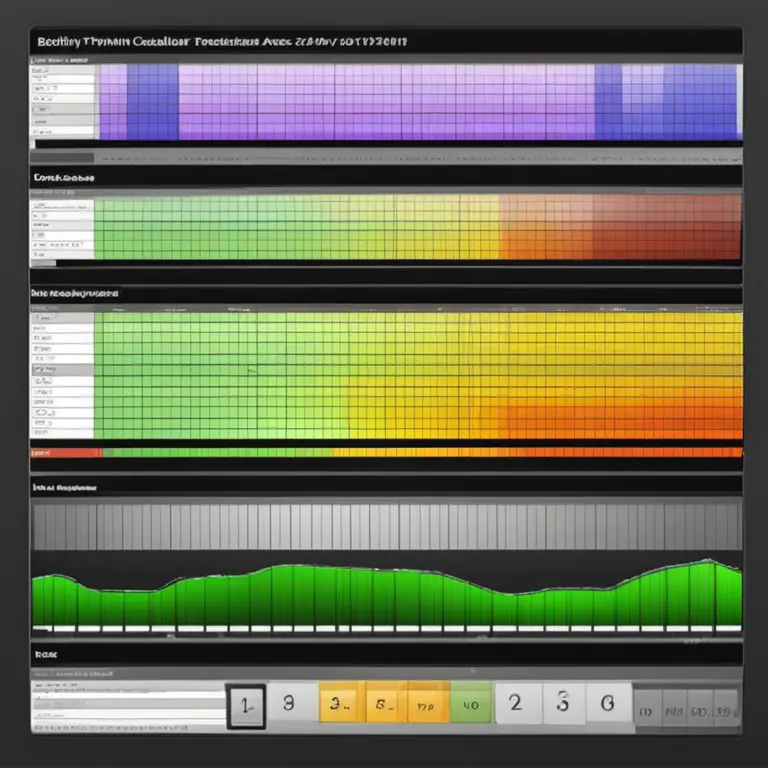
The Rhythms Within Science: A Guide to Biorhythms
Delve into the science of biorhythms to grasp how the physiological cycles influence our lives. This guide breaks down the complexity of biorhythmic patterns.
article by Adrian Wallace
What are Biorhythms?
Biorhythms are the hypothesized cycles that affect our physical, emotional, and intellectual states, believed to begin at birth and cycle in predictable patterns throughout our lives. The concept, dating back to the 19th century, was popularized in the 1970s. In the context of the 2020s, biorhythms have gained a fresh wave of attention as people search for deeper self-understanding and personalized health insights. They purport to plot the rise and fall of energy in different areas of our biology, potentially influencing everything from our performance at work to interpersonal relationships.

Physical, Emotional, and Intellectual Cycles
The three main biorhythm cycles are physical, emotional, and intellectual, each with its own period: 23, 28, and 33 days respectively. The physical cycle is linked to our vitality, strength, and overall well-being. The emotional cycle is said to govern our feelings, mood, and creative states. Meanwhile, the intellectual cycle pertains to cognitive functions, decision-making, and logic. Some models also include a 38-day intuitive cycle. By analyzing where we are within each cycle, biorhythm theory suggests we can predict our optimum times for different activities and decisions.

Calculating Your Biorhythms
Calculating your biorhythms involves finding where you are within each cycle on any given day. This process has evolved from manual calculations to use of software and online platforms. In modern times, personalized assessments are readily available. These platforms use your date of birth to predict your cycles' phases — whether you are in a high (positive), low (negative), or critical (transition) phase. The accuracy of these predictions, while not scientifically proven, continues to be a subject of interest and debate amongst enthusiasts.

Biorhythms in Daily Life
Enthusiasts use biorhythms to anticipate and manage their day-to-day activities. They might avoid major decisions or stressful activities when in a critical or low phase of their intellectual cycle. Athletes might schedule training and competitions to coincide with high phases in their physical cycle. While no scientific consensus confirms these strategies' effectiveness, many individuals claim personal benefits and enhanced self-awareness due to mindful observation of their biorhythmic states.

Criticism and Considerations
Despite the personal value some people place on their biorhythms, the scientific community remains skeptical. Many researchers critique the lack of empirical evidence supporting biorhythms as predictors of performance or mood. Critics argue that the experiences individuals credit to their biorhythms may be due to confirmation bias or the placebo effect. In the interest of personal health and decision-making, it is essential to consider biorhythm theory as part of a holistic wellness approach rather than a standalone metric.
The Future of Biorhythms
Looking ahead, the intersection of technology and personal health may provide fertile ground for a biorhythm renaissance. Wearables and apps leveraging artificial intelligence and big data could bring more nuanced, personalized models of biorhythmic tracking and interpretation. While traditional biorhythm theory may not hold up under rigorous scientific scrutiny, it opens a dialogue about the complex interactions between our biological cycles and daily lives. As such, biorhythms will likely continue to intrigue those seeking to understand the ebb and flow of their personal health and well-being.
Published: 1/25/2024
Modified: 1/25/2024
More predictions
Come back here soon to learn more about yourself and your future


The Basis of Biorhythms: Biological Cycles Explored
Delve into the foundations of biorhythms and discover how these natural cycles influence our daily lives and well-being.


Your Biorhythm Horoscope Handbook
Discover the intriguing intersection of biorhythms and astrology. Learn how tracking your biological cycles can provide insights into your physical, emotional, and intellectual well-being.


Biorhythm Love Compatibility: Find Your Match
Discover how a biorhythm love compatibility calculator can enhance your romantic connections by analyzing the natural cycles that influence relationships.